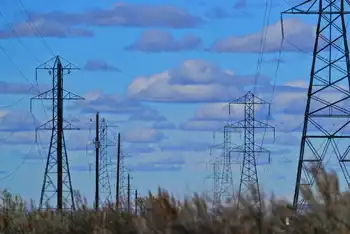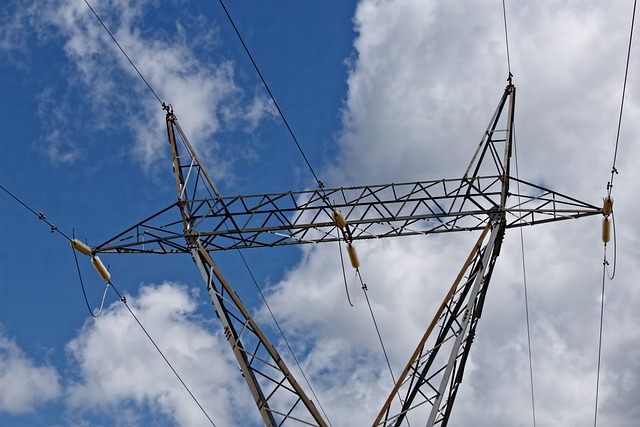BC-Alberta Electricity Restrictions spotlight interprovincial energy tensions, limiting power exports and affecting grid reliability, energy sharing, and climate goals, while raising questions about federal-provincial coordination, smart grids, and storage investments.
Key Points
Policies limiting Alberta's power exports to provinces like BC, prioritizing local demand and affecting grid reliability.
✅ Prioritizes Alberta load over interprovincial power exports
✅ Risks to BC peak demand support and outage resilience
✅ Pressures for federal-provincial coordination and smart-grid investment
In a move that underscores the complexities of Canada's interprovincial energy relationships, the government of British Columbia (B.C.) has formally expressed concerns over recent electricity restrictions imposed by Alberta after it suspended electricity purchase talks with B.C., amid ongoing regional coordination challenges.
Background: Alberta's Electricity Restrictions
Alberta, traditionally reliant on coal and natural gas for electricity generation, has been undergoing a transition towards more sustainable energy sources as it pursues a path to clean electricity in the province.
In response, Alberta introduced restrictions on electricity exports, aiming to prioritize local consumption and stabilize its energy market and has proposed electricity market changes to address structural issues.
B.C.'s Position: Ensuring Energy Reliability and Cooperation
British Columbia, with its diverse energy portfolio and commitment to sustainability, has historically relied on the ability to import electricity from Alberta, especially during periods of high demand or unforeseen shortfalls. The recent restrictions threaten this reliability, prompting B.C.'s government to take action amid an electricity market reshuffle now underway.
B.C. officials have articulated that access to Alberta's electricity is crucial, particularly during outages or times when local generation does not meet demand. The ability to share electricity among provinces ensures a stable and resilient energy system, benefiting consumers and supporting economic activities, including critical minerals operations, that depend on consistent power supply.
Moreover, B.C. has expressed concerns that Alberta's restrictions could set a precedent that might affect future interprovincial energy agreements. Such a precedent could complicate collaborative efforts aimed at achieving national energy goals, including sustainability targets and infrastructure development.
Broader Implications: National Energy Strategy and Climate Goals
The dispute between B.C. and Alberta over electricity exports highlights the absence of a cohesive national energy strategy, as external pressures, including electricity exports at risk, add complexity. While provinces have jurisdiction over their energy resources, the interconnected nature of Canada's power grids necessitates coordinated policies that balance local priorities with national interests.
This situation also underscores the challenges Canada faces in meeting its climate objectives. Transitioning to renewable energy sources requires not only technological innovation but also collaborative policies that ensure energy reliability and affordability across provincial boundaries, as rising electricity prices in Alberta demonstrate.
Potential Path Forward: Dialogue and Negotiation
Addressing the concerns arising from Alberta's electricity restrictions requires a nuanced approach that considers the interests of all stakeholders. Open dialogue between provincial governments is essential to identify solutions that uphold the principles of energy reliability, economic cooperation, and environmental sustainability.
One potential avenue is the establishment of a federal-provincial task force dedicated to energy coordination. Such a body could facilitate discussions on resource sharing, infrastructure investments, and policy harmonization, aiming to prevent conflicts and promote mutual benefits.
Additionally, exploring technological solutions, such as smart grids and energy storage systems, could enhance the flexibility and resilience of interprovincial energy exchanges. Investments in these technologies may reduce the dependency on traditional export mechanisms, offering more dynamic and responsive energy management strategies.
The tensions between British Columbia and Alberta over electricity restrictions serve as a microcosm of the broader challenges facing Canada's energy sector. Balancing provincial autonomy with national interests, ensuring equitable access to energy resources, and achieving climate goals require collaborative efforts and innovative solutions. As the situation develops, stakeholders across the political, economic, and environmental spectrums will need to engage constructively, fostering a Canadian energy landscape that is resilient, sustainable, and inclusive.
Related News












